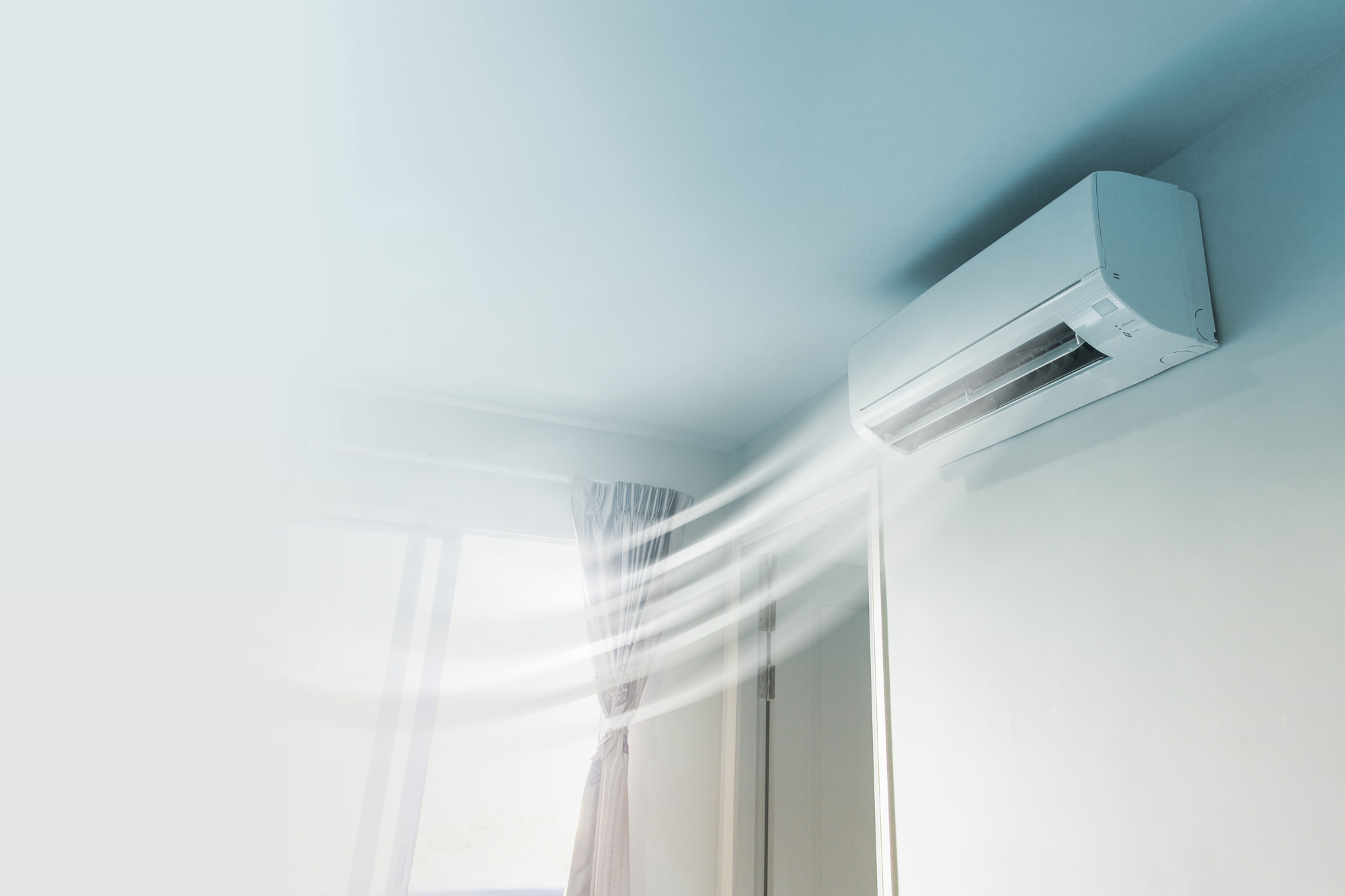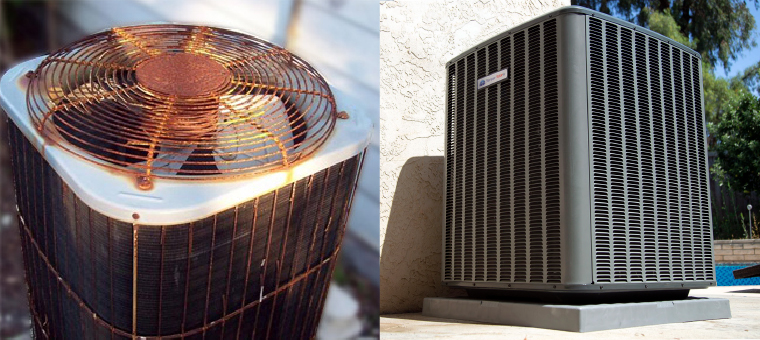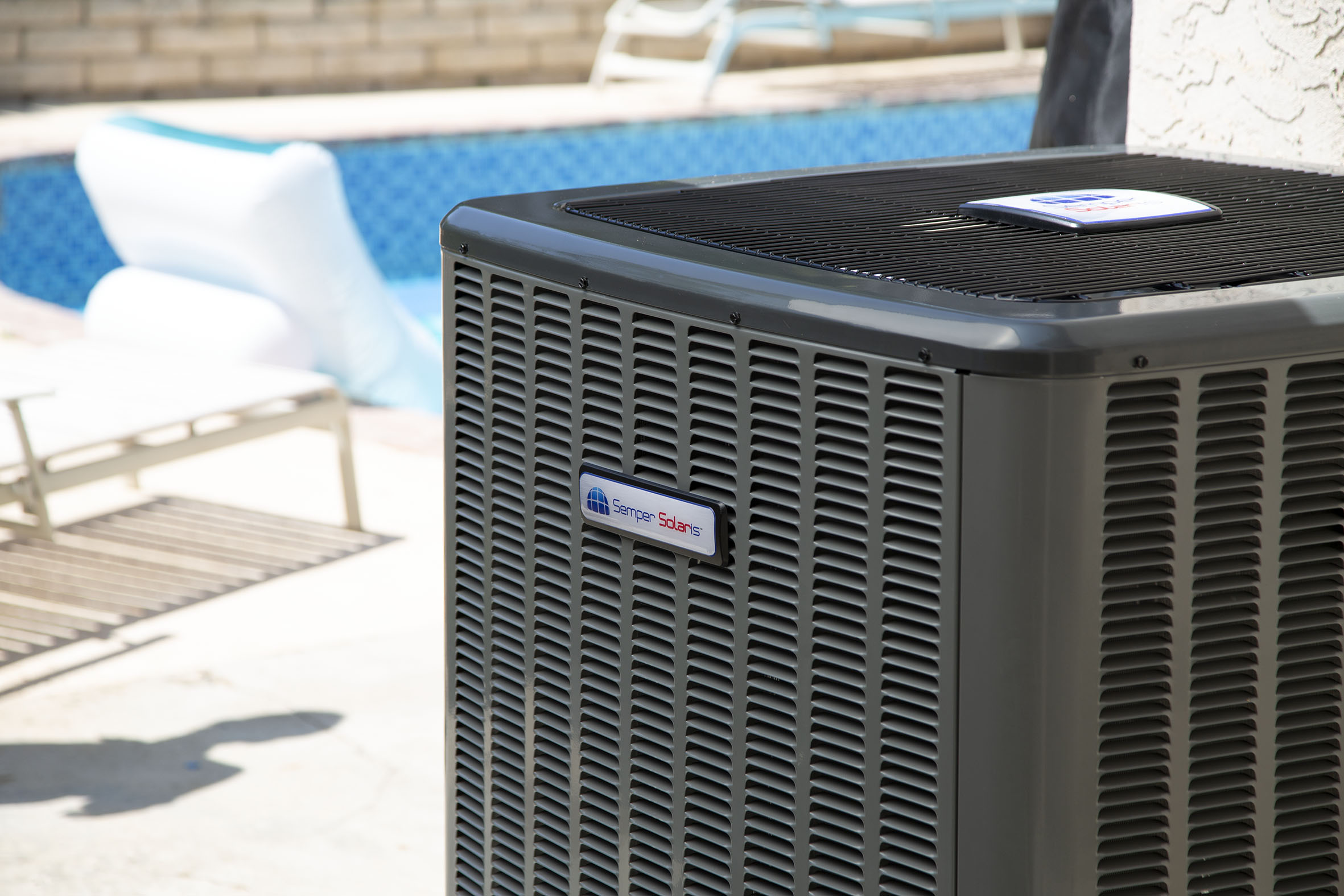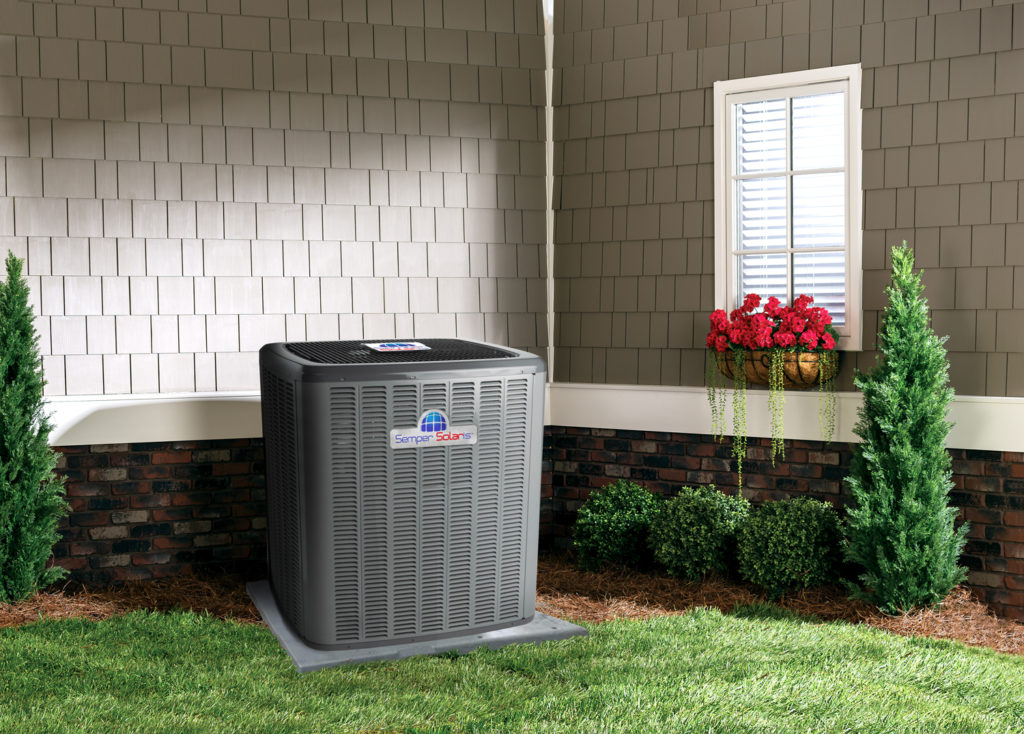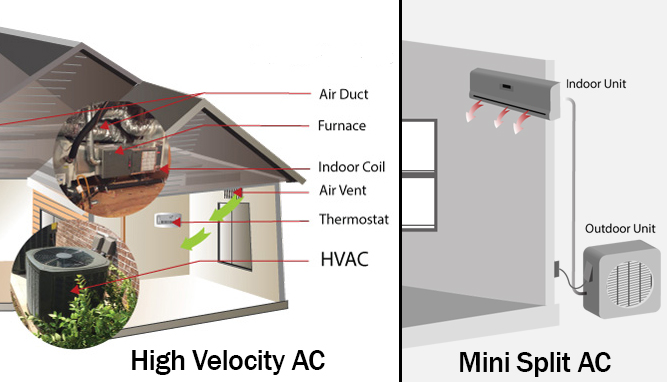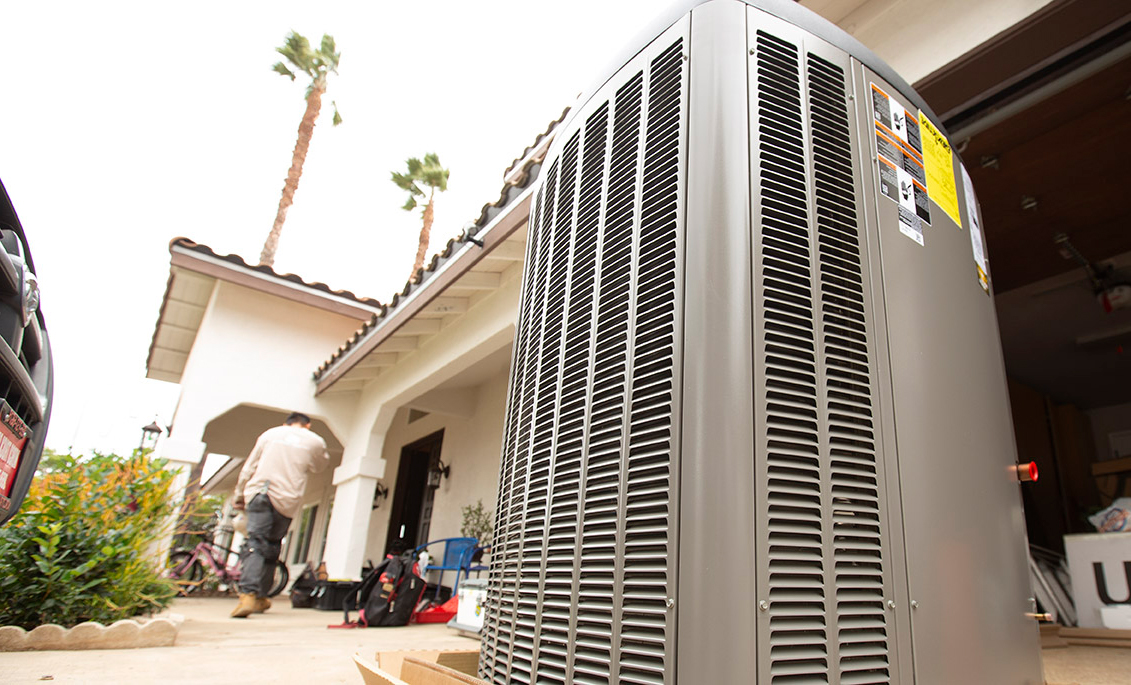7 Reasons San Diego is Perfect for Ductless Mini-Split Systems
Are you looking for the right AC system for your home? Click here for seven reasons why San Diego is the perfect place for ductless mini-split systems.
A mini-split is a type of heating and cooling system that allows you to control the temperature in specific rooms or spaces. Unlike traditional HVAC systems, they offer the added convenience of zone control. You can set each one to a different temperature, which allows you to easily adjust the temperature in your home.
As a San Diego resident, your climate is ideal for a mini-split. These systems function best in warm, moderate climates where the weather doesn’t get too chilly.
Today, we’re sharing the features that make this SoCal oasis just right for mini-split systems and how you can get one for your home!
What Is a Mini-Split System?
Before we dive into why a mini-split AC makes sense for San Diego homes, let’s start with the basics. What is a mini-split system and how does it work?
In short, mini-splits have two main components. These include:
- An outdoor compressor/condenser
- An indoor handling unit/evaporator
Unlike conventional heating and air conditioning systems, mini-splits contain little-to-no ducts, and most are completely ductless. Instead, refrigerant lines connect the interior fan and evaporator unit to the outdoor compressor.
To use your mini split, you’ll place the indoor unit in the room or “zone” that you want to heat or cool. Instead of pushing and pulling air to a central indoor unit, each room handles its own temperature regulation through the fan and evaporator unit.
The indoor unit takes in the warm air and cools it by pushing it over a cooling agent, such as evaporator coils. Once it absorbs the heat, it pushes it to the outdoor unit. There, the outdoor unit takes the hot air and sends it outside.
Even if you already have a central HVAC system installed, a ductless mini-split can offer even more comfort that you can rely on all year long!
Why Is San Diego Perfect for Mini-Split Systems?
As a San Diego, you might have already realized that you’re in a great spot. You’re close to tons of history, culture, pristine beaches, and world-class attractions.
However, did you also know that the type of climate you live in makes your home ideally situated for a mini-split system? Let’s take a look at a few reasons why this is the case.
Steady Climate
For a mini-split to function effectively, it shouldn’t be subjected to extreme changes in temperature. When it’s super hot or super cold outside, it makes it difficult for the unit to eject or absorb heat.
Over time, this can cause too much wear and tear on its internal components, which can cause performance and efficiency to decline. In most cases, this degradation isn’t too noticeable during the summer months, but you’ll notice it when the mini-split has to work overtime to keep your room warm on a particularly frigid night.
Thankfully, San Diego doesn’t see too many of those drastic temperature changes. This region enjoys a steady, relatively stable climate with an average temperature that hovers between 55 and 75 degrees Fahrenheit.
Even in the colder winter months, the minimum temperature stays above 45 degrees. Any rain or snow accumulation is minor and minimal.
In fact, San Diego’s weather is so mild that Zillow once named it the most pleasant place to live in the United States! When you install a mini-split at your home, you can rest assured that it won’t be subjected to intense temperature changes that could wreak havoc on its parts.
Moderate Summers
Another perk of living in San Diego is that you can count on it to be sunny, but not overly hot or humid. The warm season here lasts for about three months, but you never have to worry about sweltering. Even in the hottest month of August, the average high is 77 degrees and the low is 68 degrees.
What does this mean for your mini-split system? It means that it doesn’t have to work too hard to cool your zone down! There’s less wear and tear on the internal gears, which can help it last longer.
Architecturally Appropriate
San Diego residents have long known that they wouldn’t have to deal with scorching hot summers. As a result, many early homes in this area were built without the space or capacity to handle a central air conditioning system.
If you live in an older home, this might be true for you. While you shouldn’t get too hot as the temperatures start to rise, you still deserve the peace and comfort that an HVAC system can bring! This is where a mini-split comes in.
A ductless mini split is simple and quick for a technician to install, and it can make a world of difference in how cool and comfortable your home stays. Even brand-new homes can benefit from the extra efficiency and support they provide.
Lower Utility Bills
Finally, let’s talk about one of the top reasons why it’s smart to install a mini-split at your San Diego property. Modern, energy-efficient ones could help you lower your monthly utility bills! When the temperature is especially mild, you can even use your mini-split systems to heat or cool certain rooms on an as-needed basis, rather than running your central HVAC system all throughout the house.
Instances like the recent SDG&E rate hike request are prompting local homeowners to look for any ways they can to conserve energy, and this is a great place to start.
Learn More About Mini-Split Systems Today
If you want to keep your San Diego home comfortable, reduce your energy costs, and improve your home’s overall efficiency, then mini-split systems are a smart way to go!
The sunny city you live in is perfectly situated for these types of units, thanks to its moderate climate and steady temperatures. To learn more about how these systems work and whether they’re right for your home, reach out to us and book an appointment today!
